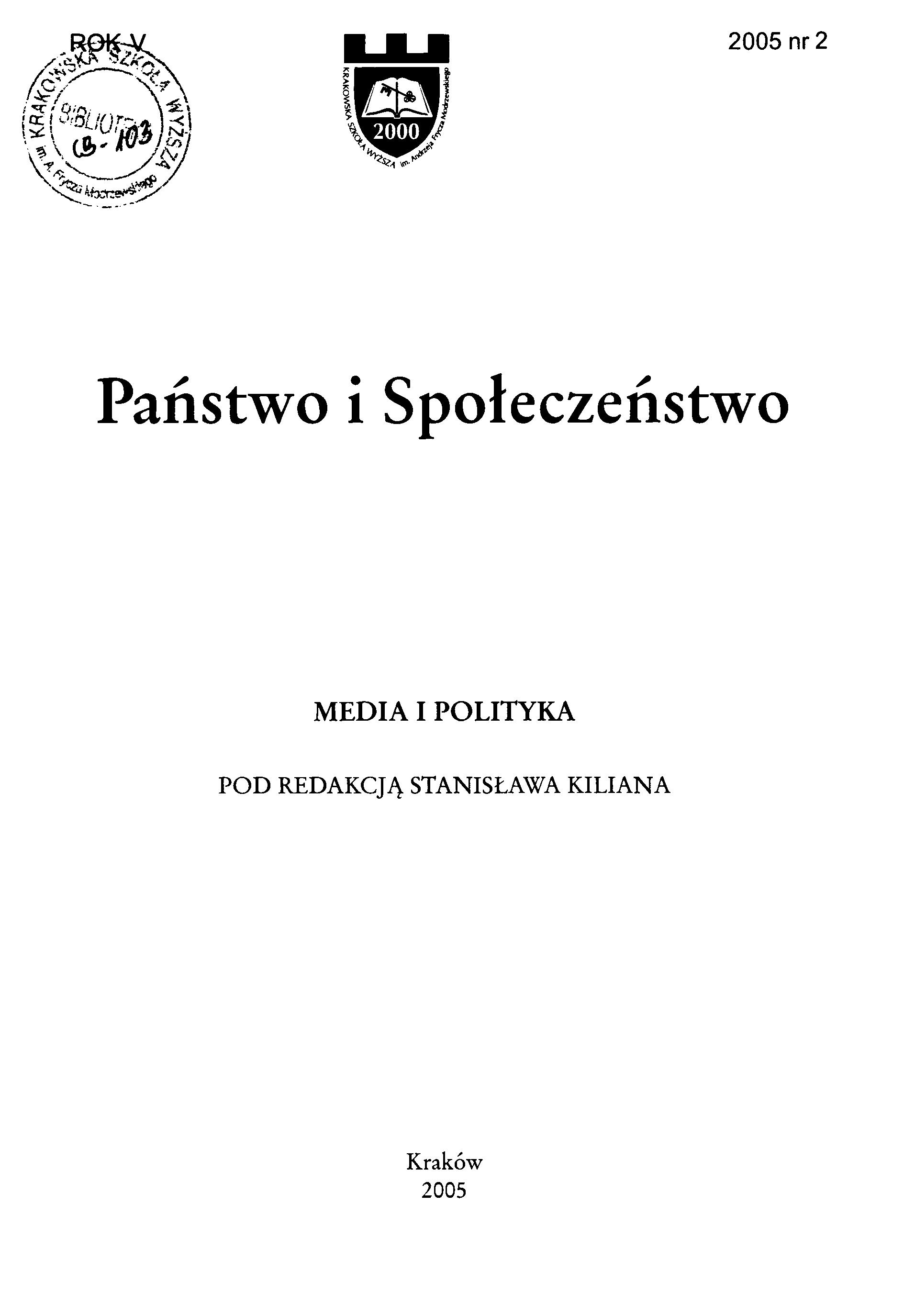
We kindly inform you that, as long as the subject affiliation of our 300.000+ articles is in progress, you might get unsufficient or no results on your third level or second level search. In this case, please broaden your search criteria.

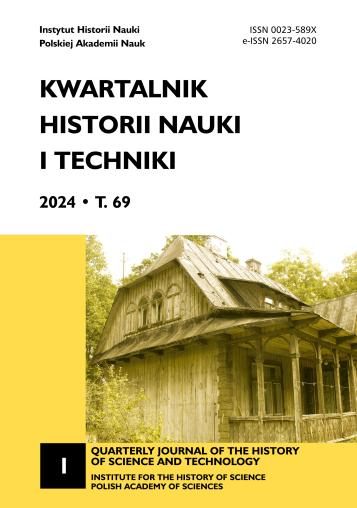
The article presents the contributions of Benedykt Dybowski to the natural history of Steller’s sea cow – a marine mammal species, that had become extinct in the 18th c. Dybowski’s impact is highlighted in his iconic discoveries concerning the biology of this species. Namely, he revealed and described the sexual dimorphism of the Steller’s sea cow and was the first to propose the climatic hypothesis concerning its extinction. Furthermore, Dybowski sent the largest number of skulls and bones representing this species to European museums in the 19th c. Today, these artifacts are deposited in seven museums in five countries (England, Ukraine, Poland, Austria, and Monaco). Unfortunately, specimens sent to Polish scientific institutions were looted or destroyed during both world wars. Sources examined in the present paper picture Dybowski as a prominent zoologist who worked within an international network of other outstanding specialists of that time – especially Władysław Taczanowski of the Warsaw Zoological Cabinet. The documents analyzed here shed new light on the work of naturalists and museum workers, revealing behind-the-scenes complexities of purchasing scarce and valuable zoological specimens.
More...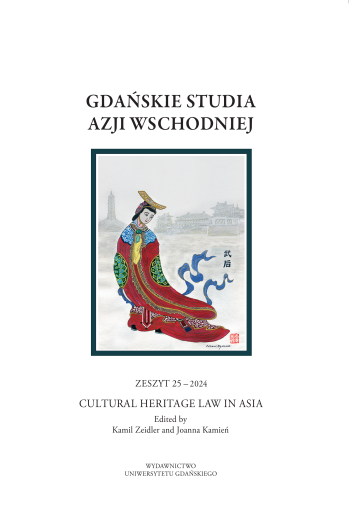
The article aims, first, to examine the evolution of cultural heritage protection in Vietnam from 1900 to 2023, focusing on the Vietnam War, renovation (1980–2000), and international integration (since 1987). Second, it analyses the Cultural Heritage Law 2001 and the Amending of Cultural Heritage Law 2009, the two main texts governing this field. Third, it presents case studies of the challenges and successes of cultural heritage protection as it is perceived by the Vietnamese new generation and by the Vietnam government as part of the market economy.The author observe that historical events strongly shaped the Vietnamese Cultural Heritage Law (CHL). Changing definitions of CHL over time reflect citizens’ ideology in conserving cultural heritage. Further, the Constitution of Vietnam (1946, 1959, 1980, and 1992) differs in its CHL orientation via three major stages. Every time legal basics and political situations change, CHL documents will serve various interests. Finally, the Vietnamese new generation’s cultural heritage education and distribution achievements are discussed.Author demonstrates that the Vietnam War was the most difficult time for CHL growth. Decree 65 and the 1946 Constitution’s generic definitions were responding to complex political conditions and were not intended to promote CHL. Vietnam became a socialist country under Soviet influence during reconstruction (1980–2000). The 1980 Constitution is strong enough to govern historic resource ownership and conservation, as is shown by new cultural heritage documents like Ordinance 14 (1984) and Decree 28 (1985). However, the ability to exploit heritage and obtain worldwide recognition was limited. Vietnamese CHL had access to international treaties and recommendations when Vietnam joined UNESCO in the international integration period (after 1987). In this period, the 1992 Constitution (internal role) and an international source (external role) inspired the 2001 CHL and 2009 Amendment to CHL. Both documents still play a principal main role in enabling Vietnam to enter the Heritage Economy.Young Vietnamese citizens’ achievements promote cultural values and involvement. However, Vietnamese teens have not paid attention to develop the legal aspects of CHL. Unanswered is the issue of whether Vietnam’s legal framework is robust enough to prevent abuses in heritage exploitation.
More...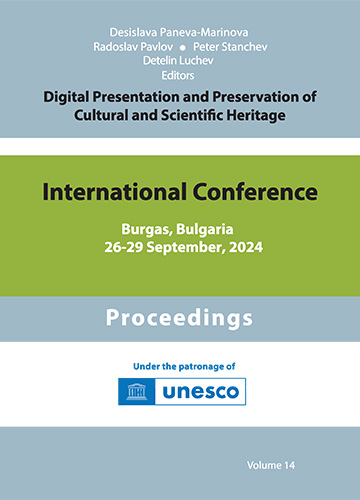
The Cyrillo-Methodian heritage is a common phenomenon of European value, promoting religious tolerance, cultural equality, and understanding of European cultural history and identity. The virtual cluster KYRILLOMETHODIKON developed at the Cyrillo-Methodian Research Centre (CMRC) at BAS is part of the Centre of Excellence "Heritage BG" (BG05M2OP001-1.001-0001 Project), aiming to provide structured knowledge on this phenomenon and its manifestations. The digital repository offers resources for research on the first stage of Slavic Christian culture with an accent on its Old Bulgarian part, reflecting the multidisciplinary research paradigm of the Centre: studies in medieval literature, linguistics, history, theology, art history, and anthropology. To ensure the educational socialisation of the research in these disciplines, a Scientific and Educational Interdisciplinary Centre for Cyrillo-Methodian studies was created within the framework of KYRILLOMETHODIKON, sharing educational tools for a wide range of audiences, including children, school students, undergraduates, and doctoral candidates.
More...
Water Management Digital Knowledge Repository presented in this article is unique in the sense that it helps to preserve the heritage of water profession and facilitates access to the latest information for a wider public. This is particularly important in a country where water-related disasters have not only threatened the people in the past but unfortunately, they need to be prepared for such events in the future, too. Therefore, the digital knowledge repository, based on six pillars (eLearning, Photos, Videos, Journals, Textbooks, Glossary), plays a valuable and important role in Hungary.
More...
The palimpsests represent unique historical sources that hold the potential for new insights in the field of human history. These manuscripts, rewritten and reused over time, pose challenges in the research related to their readability and interpretation. The present study aims to investigate the readability of palimpsests through the use of image preprocessing techniques. The article focuses on methods for the preprocessing of palimpsests that could lead to a significant improvement in the readability of the 'hidden' text. The challenges encountered during the processing of palimpsests are explored and various techniques applicable to improving the readability of these manuscripts are analyzed. The primary goal of preprocessing in this context is to separate the 'hidden' text from the visible one, neutralizing material defects and aging. The article presents specific methods such as extracting specific color range from a palimsest image. The experimental techniques are highlighted with sample codes illustrating the application of the respective technology. The current research attempts to advance the development of methods for processing palimpsests and opens up new perspectives for extracting information from those historically valuable manuscripts.
More...
In this paper we present some modifications to and extensions of a Wordnet for Bulgarian designed to make it more appropriate for applications in the area of language learning. However, in order to support education, we need to ensure the appropriate selection of sets of synonyms (synsets) from BTB-Wordnet, depending on the education level of the learners, and various types of exercises based on integration of the learning topic and semantic information within Wordnet. For this purpose, our focus is mainly on the combination of the lexemes (lemmas), with their meanings and examples, and the specially designed pictures as illustrations of those meanings within the synsets. We report on our preliminary results.
More...
This article presents a discussion on polysemy in a crossword by Perec. We apply Culioli’s modelling approach in terms of operation of location and construction of a notion and its notional domain. Polysemy is seen as part of the intangible cultural heritage within languages.
More...
The article provides an overview of the development of digital collections at the National Library of Latvia, highlighting experiences in digitising periodicals and making digitised material accessible. The article is based on the author's experience in digitising periodical collections in the period 2007-2024, as well as on information available online.
More...
This paper presents a new research approach for technological solutions in the ProNature project to create an innovative software platform for serious educational games with creative visualization to build competence on natural ecosystems, responsible management of natural resources and environmental protection. With the built software platform and based on created educational game scenarios, demonstration serious educational games with creative visualization will be developed in a selected eco-context.
More...
The main results of the work of the team of the Institute of Mathematics and Informatics at the Bulgarian Academy of Sciences on the research projects CLaDA-BG – the Bulgarian National Interdisciplinary Research e-Infrastructure for Resources and Technologies in Favor of the Bulgarian Language and Cultural Heritage, Part of the EU Infrastructures CLARIN and DARIAH and No KP-06-N50/4 30.11.2020 “Fourteenth Century South Slavonic Scribes and Scriptoria (Palaeographical Attribution and Online Repertorium)”, will be presented during the Information Day within the DiPP2024 conference. The main emphasis will be placed on developments and implementations of CultIS – a web-based software platform for intelligent digital management and presentation of large data sets and knowledge from the fields of culture, humanities, and social sciences.
More...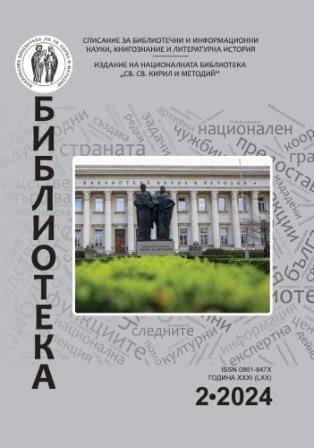
This announcement presents the results of the increase in documents in the library collection received under the Act on the compulsory deposit of printed and other works for the publication of distributors and media service providers, through purchase, donation and book exchange in the period 2018-2022, presented as statistical information in tables and diagrams extracted from the National Register of Books Published in Bulgaria, from the public reports of the St.St.. Cyril and Methodius National Library, the annual reports of the Collection of library documents department and the library-bibliographic system COBISS.bg. The data from the requested and received library documents by types in the collection of the SS. Cyril and Methodius National Library and their distribution in deposit libraries in the country.
More...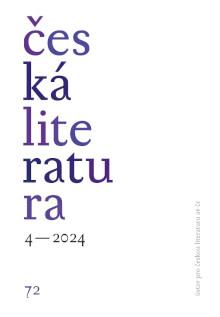
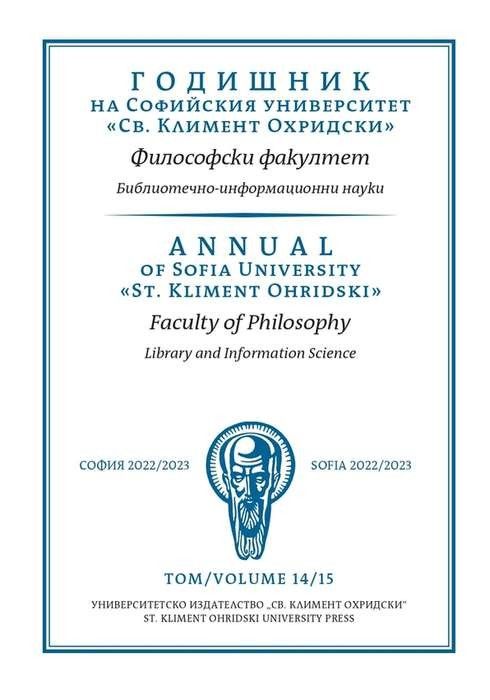
Anniversary Scientific Session on the 70th anniversary of the Department of „Library Science, Scientific Information and Cultural Policy“
More...
Research Projects on "Accessibility of Information E-Services of Regional Libraries" (2022), "The Links between the Development of the Internet and the Monetization of Digital Data" (2022), "The Unchanging Imperative for Change: 70 years of the Department of Library Science, Scientific Information and Cultural Policy$ (2023).
More...
Defended dissertation on the topic "The National Historical Narrative of the Bulgarian Revival: Presentations at the National Museum of History$ (2022)
More...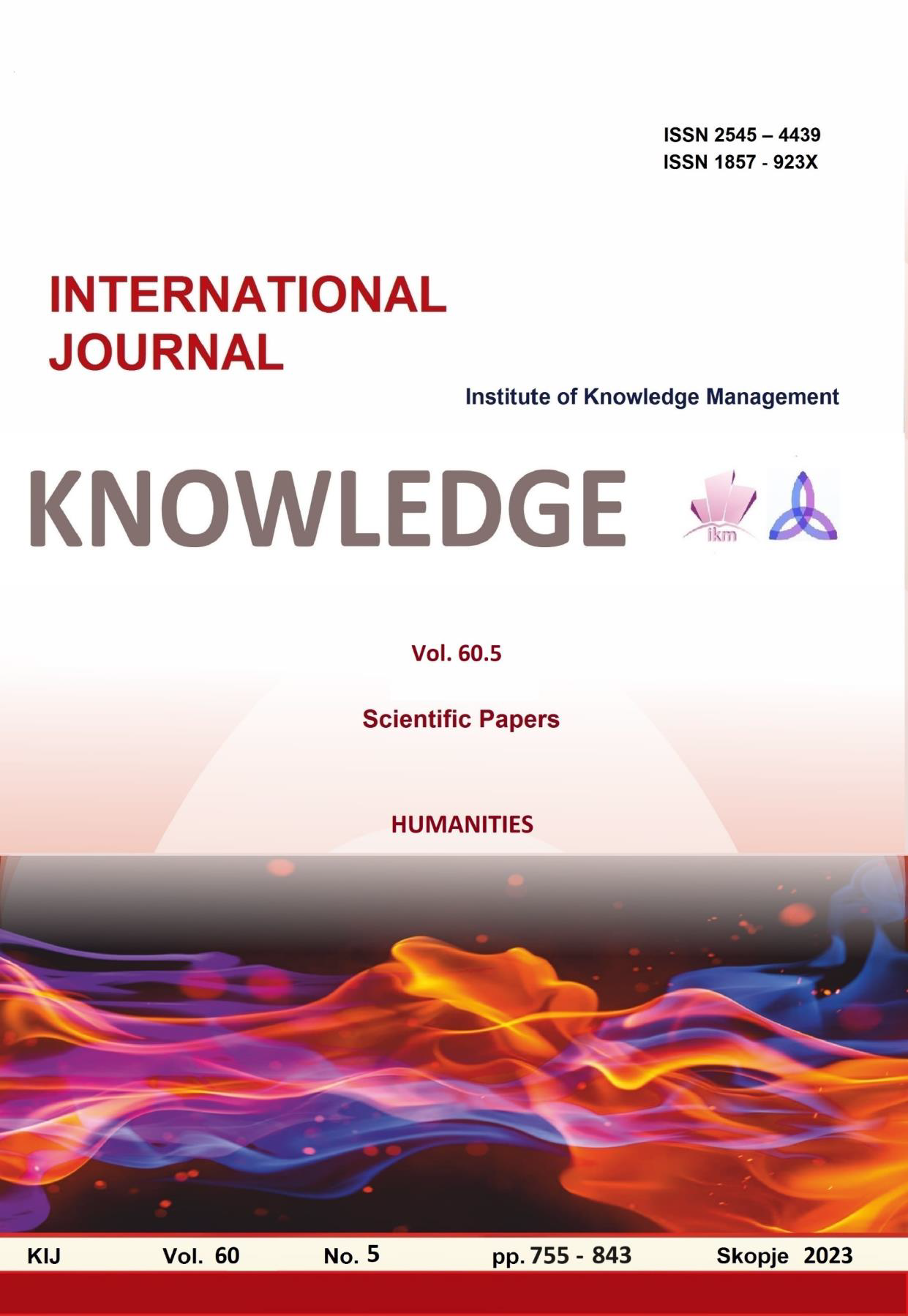
Vodnjan is a city on the Istrian peninsula. According to the 2021 census, it has 5,838 inhabitants, of which 59.7% are Croats, 15% Italians, 5.5% Bosniaks, and Albanians, Montenegrins, Roma, Serbs and other of the twenty two recognized national minorities in Croatia. The community of Italians in the town of Vodnjan (Comunità degli Italiani di Dignano) pays great attention to the cultivation of customs, historical heritage and cultural heritage, the love it has for traditional national costumes, music and songs, and also cultivates the coexistence, that is, the culture and traditions of all the ethnic groups that live in the town and in surroundings. The twenty first International Folklore Festival "Leron" took place from August 24 to 26, 2023. Through it, the City of Vodnjan and the Italian Community of Vodnjan promote multiculturalism, "the message of peace, friendship and brotherhood". The festival lasts from two to three days in August. It takes place in the Vodnjan square, where the folklore customs of various peoples are interwoven. On the streets of Vodnjan, a parade of colourful costumes, sounds of instruments, songs and dances takes place. The festival gathers folklore groups from various countries that present their folk dances and costumes. Thus, in addition to the Croatians, folklore groups from eighteen countries performed. For a few days, Vodnjan becomes a centre of multiculturalism where national diversity is presented and its own culture and traditions are nurtured. Within the framework of the festival, round tables are organized in which ethnological and ethnomusicological experts are involved. The end of the event itself is marked by the awarding of prizes. The organizers of the festival are the Italian Community of Vodnjan and the Italian Union in cooperation with the National University of Trieste, and the festival itself got its name from the traditional Vodnjan musical instrument leron, a stringed instrument similar to a cello with two strings. The archive of the Italian Community in Vodnjan was used to write this article. Folkloric groups are presented by country with the indicated year of performance. As a case study, the repertoire of Istrian folklore groups (sung, played or danced performances) performed in 2023 is analyzed in more detail. The aim of this work is to list the folklore groups that performed at "Leron" during the twenty one years of the festival's existence in order to preserve the archive of folklore heritage in the Istrian area. When people write about folk music in Istria, the Croatian tradition is mostly described. Therefore, this paper emphasizes the folklore tradition of Italians and Montenegrins in Istria to confirm the multiculturalism hypothesis at the Vodnjan folklore festival.
More...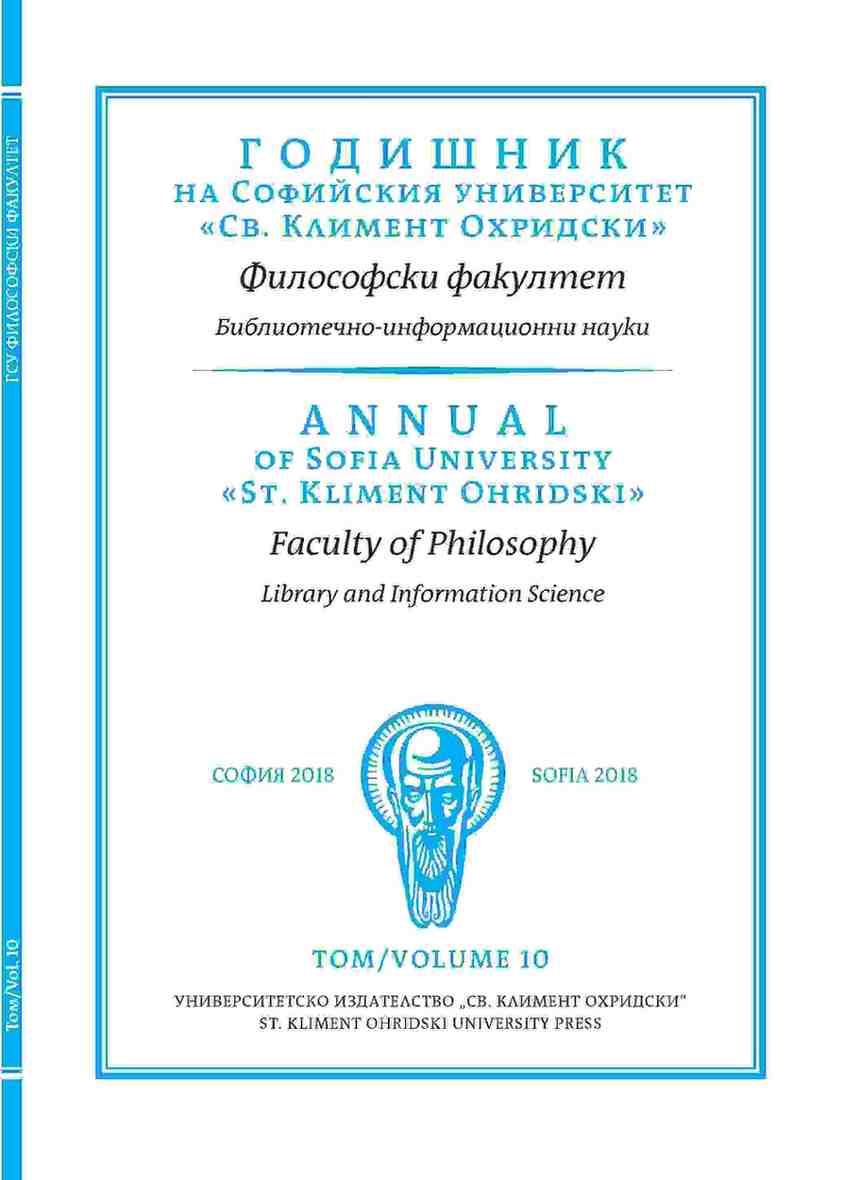
Within the Bulgarian national state, the civilizational social trends, the aspiration to assimilate European experience and mentality were largely demonstrated by the wave of women‘s periodicals published until the Second World War. Following the American historian Karen Offen‘s definition of historically existing feminisms, the women‘s press in the country could be divided into two large categories: newspapers and magazines with a clearly stated (individualist) feminist profile, discussing current socio-politically issues, directly corresponding to the status of the female gender, and periodicals labeled as „household press“ focusing on the „women‘s world“ understood as home and family, incorporating relational feminist arguments into their rhetoric. An example of the modernization efforts of the household periodicals in Bulgaria and their sensitivity to modern emancipatory ideas was one of the pioneering women‘s projects in that category – the magazine Moda i domakinstvo (Fashion and Household), 1897-1906. Edited and published by Elena Usheva, Moda i domakinstvo, like the household press in general, tried in parallel to respond to its own Bulgarian (and Balkan) social, economic and cultural context (marked by persistent patriarchal notions of roles, responsibilities and the social status of women) and emancipatory trends on a global scale.
More...
In contemporary times, ancient towns and their fortifi cations have deviated from their original defensive purposes. Technological advancements rendered the once crucial walls and citadels obsolete, leading to their transformation into historical monuments and tourist destinations. Originally strategically positioned to safeguard inhabitants from potential threats, these fortifi cations, now perched in remote locations, have evolved to embrace an opposite role-to entice tourists by ensuring accessibility. Adhering to modern standards poses a challenge, particularly in maintaining authenticity while meeting present-day requirements. Th is study concentrates on the alleys within the Old Town of Ulcinj/Ulqin (Montenegro) and the pathways leading to the fortress. Th e approaches to the city gates, characterized by steep inclines, prove challenging for various individuals, particularly those with limited mobility. Adhering to current standards necessitates the implementation of a versatile elevator within the fortress, while the narrow, sloped, and irregularly paved stone alleys need adjustments to accommodate pedestrians with reduced mobility and meet daily functional needs. Post recent natural disasters, the alleys have further constricted due to ill-advised expansions of residences, rendering them inconvenient for both everyday activities and tourist visits. Considering historical changes and events, the objective is to analyze the current situation and devise an optimal solution that transforms the once impervious fortress into an easily accessible tourist attraction.
More...
Culture has an invisible, but great influence on economic growth, intercultural dialogue, creative industries and tourism of an area. The relationship between culture, cultural heritage and tourism, with numerous engagements and activities based on the concept of sustainable cultural heritage, with the economic benefits of tourism, from the aspect of responsible and sustainable business, have been the subject of special types of interest and research for a long time. Th e connection between culture and tourism can be a powerful economic lever, but only in such a way that benefits for the area and the local community are achieved through responsible management. Th e aim of this paper is to present the synergy of culture, tourism and innovations of the 4.0 revolution, in the function of forming modern cultural tourist content that are continuous ambassadors of a space. By applying mapping, analyzing case studies and office research, this paper confirms the advantage of applying 4.0 information solutions and activities in culture, in the function of overcoming external factors, for example the COVID 19 pandemic, which can disrupt tourist movements and thus reduce the effectiveness of cultural tourism as ambassador of a space.
More...